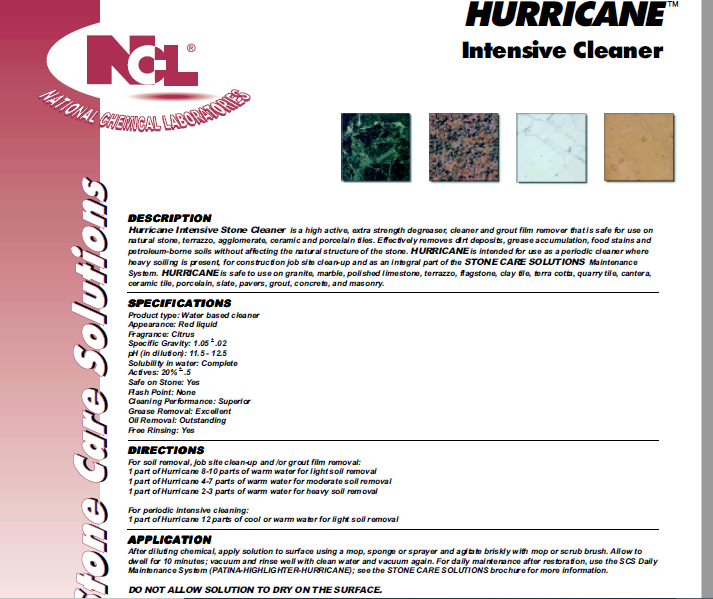

Satellite (infrared left, visible right) images of Gustav on Sept. Earl made a final landfall as a hurricane on Nova Scotia in eastern Canada.Īll told, it was 12 days from the initiating tropical wave's departure from Africa and the Canada landfall of Hurricane Earl. It reached Category 4 strength on two separate occasions, narrowly missing a landfall in North Carolina, but causing storm surge flooding there. A surface low formed quickly and a tropical depression was born on the 25th, only a couple hundred miles west-southwest of the Cape Verde Islands.Įarl went on to become a major hurricane near the northeastern Caribbean where it caused extensive damage. Hurricane Earl from 2010 is an example of a textbook Cape Verde hurricane initiated by a tropical wave.Įarl's parent tropical wave left the west coast of northern Africa on Aug. It's these waves that often lead to the formation of the classic "Cape Verde hurricanes", so-named since their development can begin soon after a tropical wave leaves Africa and passes near or over the Cape Verde Islands.


This leads to atmospheric undulations in the north-south sense, or horizontal spin, in the lower levels from the surface up to about 15,000 feet.Ī new tropical wave departs western North Africa about every 2-4 days between April and November, with about 60-65 waves per year, on average. This image from 2011 shows how tropical waves typically appear on infrared satellite imagery. So let's take a look at some of the trouble-making weather disturbances that get the spin going, starting with the most prolific of all Atlantic hurricane-makers: African easterly waves, or tropical waves.

Hurricanes don't just magically appear over the fuel of warm waters where there's no impediment from strong vertical wind shear. Hurricane formation requires an initiating weather disturbance, something with a little spin to spark the beginnings of development. Even with all the hurricane-making ingredients on the list above, there will be no hurricane if the burner isn't ignited – or if the car isn't started – to begin with. There's an important thing in there you do, almost without thinking about it. If you want to leave town fast, what do you do? Choose an interstate with no traffic, make sure there's gas in the car, then drive, right? Wait. What does this have to do with the atmosphere making hurricanes? Think of this another way. You have to ignite the burner to start the cooking. If you have all the right ingredients, mix them all together in just the right amounts, and just let them sit there, the meal won't just cook itself. Sufficient distance away from the equator (so the earth's rotation can help add some spin to the atmosphere).ĭoes that sound about right? Did we forget anything?.Weak vertical wind shear (small changes in wind speed & direction with height) in the surrounding environment.Warm sea-surface temperatures, usually greater than 80° F.Cooking up a hurricane is the result of following a particular recipe with the following ingredients: The atmosphere has a lot of variety on its menu. Leave out an important ingredient or miss a key step, and the meal won't be great. Hurricane development is analogous to having all the right ingredients come together to make the perfect dish for dinner.Ĭooks in the kitchen follow recipes with specific ingredients and steps to achieve culinary success.


 0 kommentar(er)
0 kommentar(er)
